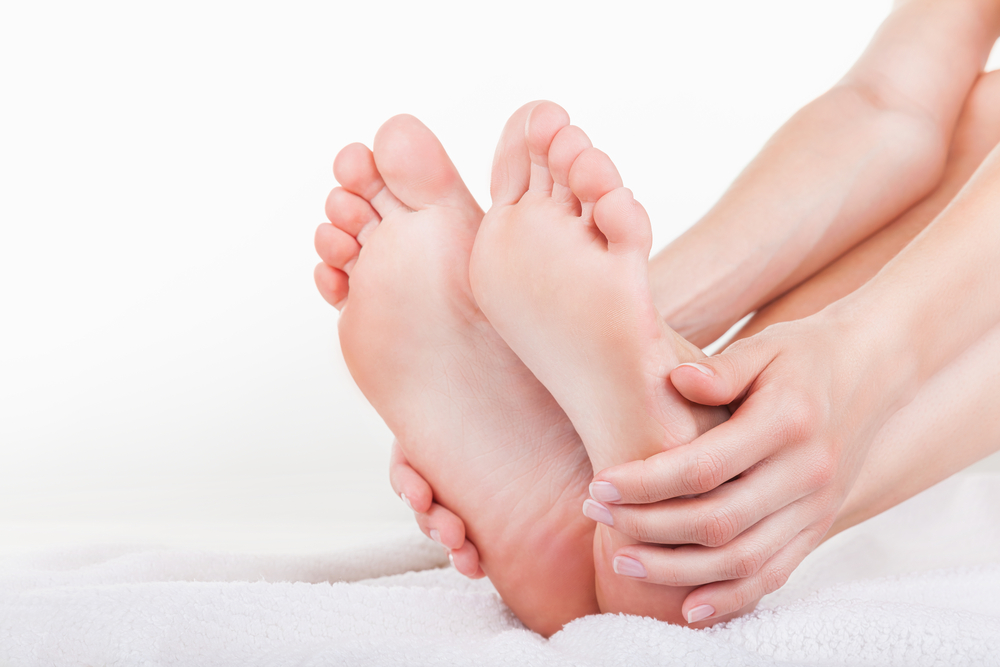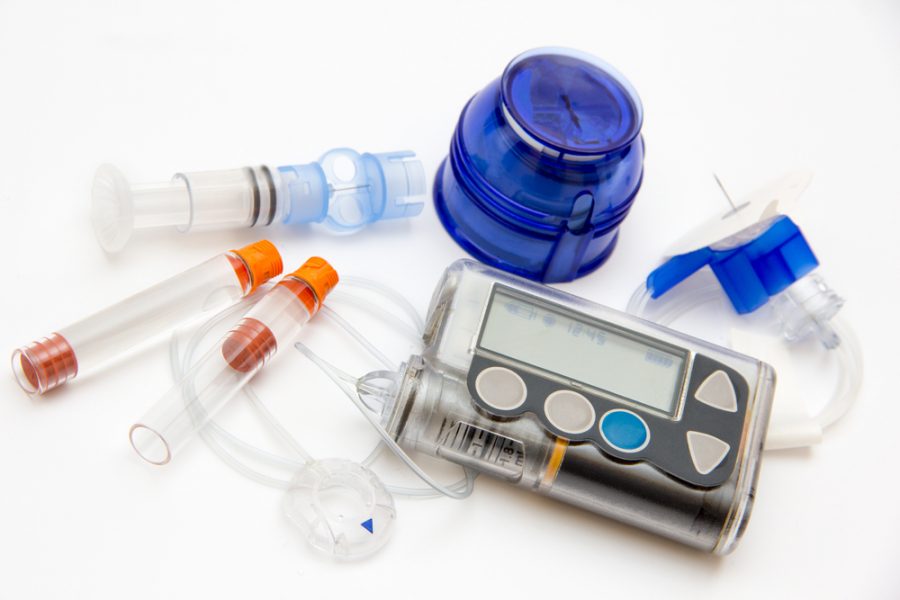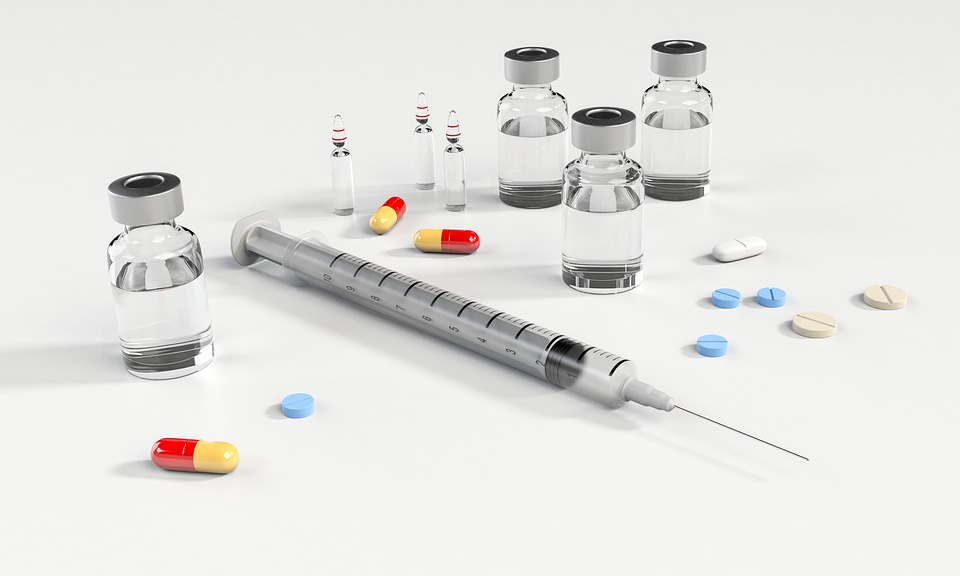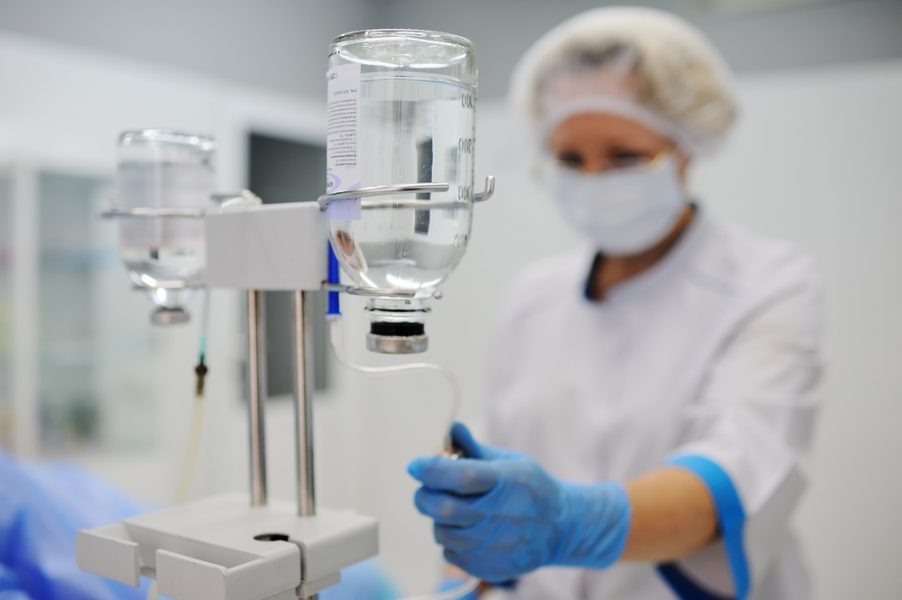Guidelines For Diabetic Foot Ulcer Wound Care
A person with diabetes will often worry about developing diabetic foot ulcer. Once a diabetic ulcer occurs, it can lead to serious consequences such as amputation of the affected part if left untreated. That is the very reason why people with diabetes should be vigilant in taking care of themselves as well as knowing the proper way of wound care to prevent any untoward complications.
The wound care for diabetic foot ulcer is essential. Hence, you need to know what to do and should understand the reasons behind why you have to take good care.
Wound Care For Diabetic Foot Ulcer

Understanding Diabetic Foot Ulcers
A diabetic ulcer should be treated accordingly at the earliest. These ulcers are divided into two groups: neuropathic ulcers and neuro-ischaemic ulcers.
Neuropathic Ulcers
Neuropathic ulcers are also known as a neuropathic foot where there is a warm and well-perfused foot. Pulses are palpable and the sweating capacity of the foot is diminished. The skin is also scorched and is prone to fissure development.
Neuro Ischaemic Foot
When neuro-ischaemic foot ulcer occurs, the foot feels fresh and is pulseless. The skin will appear thin, shiny and hairless too. The subcutaneous tissue on foot will experience atrophy and intermittent claudication will occur. Since there is neuropathy, pain while resting is not present.
The Process Of Debridement
For your diabetic foot ulcer to be properly treated, your doctor will need to remove the dead skin and tissue around the wound. This process is called debridement. There are many ways to do debridement depending on your doctor’s diagnosis as well as your condition.
The normal way to do debridement is to use a scalpel and special scissors during the process. Your doctor will first clean and disinfect the wound and its surroundings. It will then be probed using a metal instrument so that the physician will be able to see how deep it is and if there is a presence of some foreign material or object inside. The doctor will cut the dead tissues using the scalpel and scissors and remove it. He will wash the ulcer afterwards to clean it. After the procedure, you may be surprised to notice that the sore is bigger and deeper than you imagined, but rest assured that this is a common reaction among people with debrided ulcers. Just ensure that you properly take care of your ulcer wound to make sure that it will does not get infected.
Wound Care For Diabetic Foot Ulcer – Best Practiced Guidelines
It is important to get yourself acquainted with wound care for diabetic foot ulcer with the goal to remember what to do after debridement. Once foot ulcers occur, it is relatively common practice to let the patient stay in the hospital to prevent complications. More often than not, it requires extended hospitalization that may range from weeks to several months depending on your ability to heal.
Despite the fact that diabetic foot ulcers are painless, they are still very dangerous if not treated accordingly and promptly. You need to go about wound care as per the instructions of your health care provider. Your health care provider will tell you to do the following:
- Control your blood sugar levels at a normal range to help you heal faster. We all know that high levels of blood sugar impair the healing process. So instead of indulging yourself in eating a variety of forbidden foods, remember the consequences of your actions as you may lose a limb if you blindly follow your cravings.
- Always clean and apply a sterile bandage on the ulcer site. Daily cleansing of your wound is a must. Use a sterile wound dressing or bandage. Make sure that you do not contaminate the wound to prevent the risk of infection. If you have questions about how to clean the wound, ask your doctor to demonstrate it for you.
- Try to take a few steps at a time. Do not push yourself to walk regularly and normally like you used to do normally. Remember, you have a wound on your foot that needs healing. No matter how much you want to walk around your house or anywhere else, you have to consider the pressure that it will put on your injured foot. It might delay the healing process indefinitely.
- Never walk barefoot unless you have the OK from your doctor. Always listen to what your doctor tells you. They would not advise you to walk barefoot as you may hurt yourself and create more wounds on your foot. About the present injury, it will not heal as fast as it can if it is exposed to a dirty floor or ground. Being barefoot will also increase the likelihood of infection and contamination of the wound, so it is ideal to keep your feet covered at all times.
- Remove pressure from your foot. Since a diabetic foot ulcer may be caused by too much pressure on your foot, it is best to refrain from doing it. You can help relieve pressure from your foot by wearing special shoes or braces. Some doctors would even cast or recommend the use of wheelchair or crutches just to ensure that the foot is pressure-free.
- Once pressure is taken off from the ulcer area, it will speed up the healing process.
- Wear proper shoes that do not give pressure on your foot.
While choosing the correct pair of shoes:
You Can Follow These Simple Tips
1. Never wear shoes made of plastic or other materials which inhibit the passage of air in and out of your shoes.
2. Wear shoes made of canvas, suede or leather as they are more beneficial for the ulcer.
3. Wear shoes that have laces, buckles, or Velcro. It will facilitate easy adjustment for your part when everything becomes uncomfortable. Check for a proper fit.
4. Do whatever it takes not to wear shoes that are too tight. Have custom-made shoes that fit you properly if you must. Scratch out shoes with open or pointed toes.
5. Simply put, say goodbye to your high heels, sandals and flip flops because they will only make things worse.



